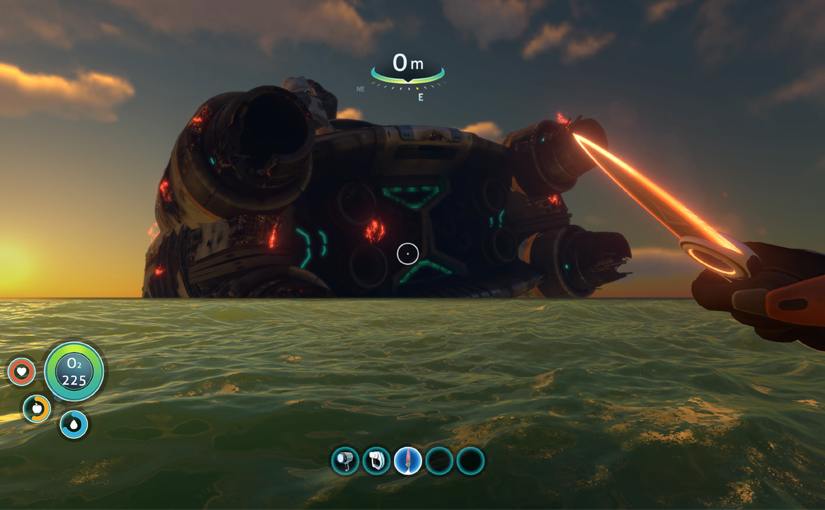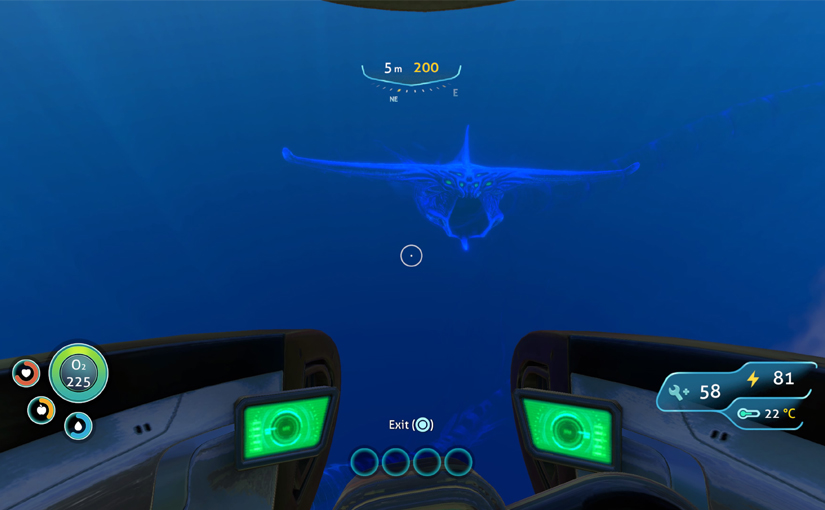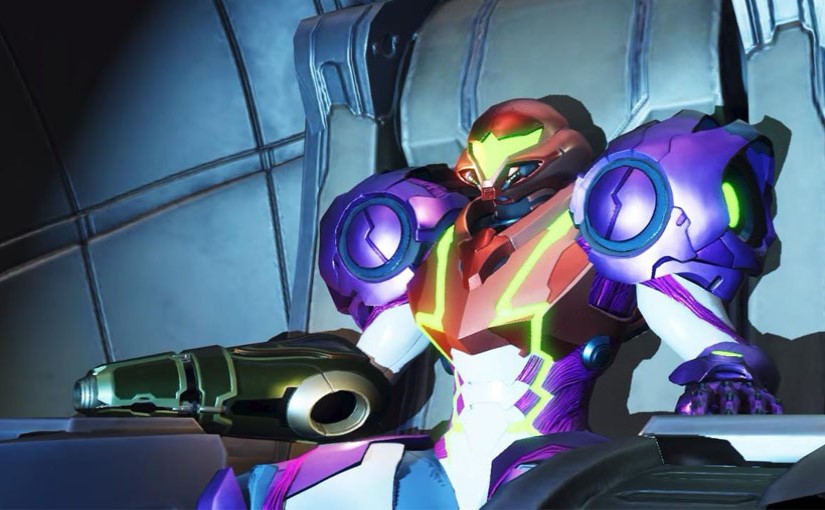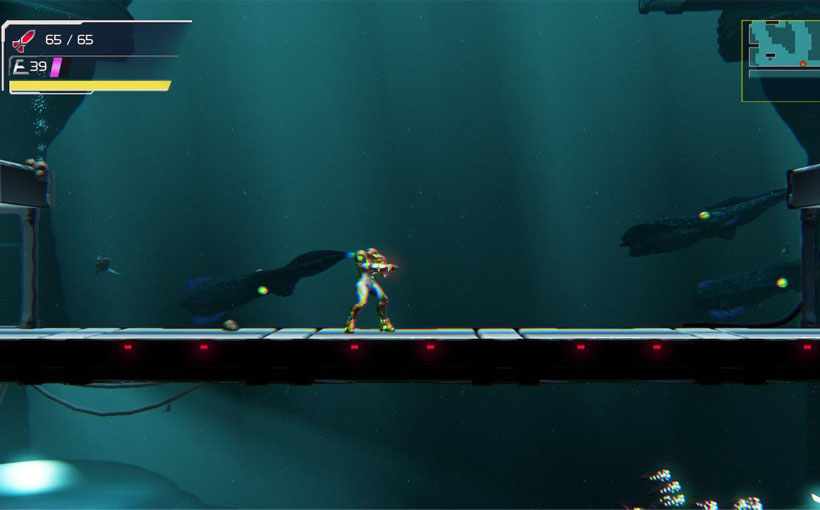Is This a Rescue Mission, or Another Bug Hunt?
One of the last scripts I wrote for the sadly-defunct TripleJump YouTube channel was a giant list ranking every single Alien and/or Predator video game ever made. Unfortunately, the channel went under before the video was released, but here’s a peek behind the curtain for you; Sega’s 2014 survival horror hit, Alien: Isolation, was at number one. However, despite heavily featuring the perfect organism in a starring role, Alien: Isolation isn’t a perfect game, but it is probably the closest a video game has come to perfectly capturing the atmosphere of the movie franchise upon which it’s based, Alien or otherwise.

Creatively assembled by British studio, Creative Assembly, who are most well known for the Total War series and its combination of real-time battles and grand strategy, Alien: Isolation took the developers into unfamiliar territory. With very little experience in the survival horror genre, Creative Assembly made a host of outside hires, and soon enough a 100-strong team were orchestrating visceral encounters and crafting ’70s-style retro tech.
The crew were reportedly handed around three terabytes of production material from 20th Century Fox, and through deconstructing this “gold mine” of information, they were able to build a startlingly authentic world that specifically recalled the atmosphere of Ridley Scott’s 1979 original. Stellar lighting and graphical effects, flawless sound design, and a talented cast of voice actors all combined with this vision to create one of the most atmospheric and genuine movie-to-game experiences ever seen.

It’s pretty scary, too. For most of the game, the player character (Amanda Ripley, daughter of the legendary Ellen Ripley) is completely defenceless against the overwhelming speed, power, and bitey bits of the towering xenomorph, and will have to sneak around quietly, hiding in every available nook, cranny, or orifice in order to avoid a swift and gory demise. They even made it so that the alien can hear sounds that come through your mic, breaking the fourth wall in an unsettling manner and making it so that the hoot of an errant owl in your living room can spell death for poor old Amanda. I told you to keep that window shut.
As I already mentioned, though, this is not a perfect game. Progression can fall into a trial and error process at times, and clever players can work out the xenomorph’s AI, thus being able to manipulate the initially panic-inducing monstrosity into easily-avoidable loops. On the other end of that scale, less proficient players might find themselves constantly harassed by the chitinous terror’s perpetual presence, with observers noting that the xenomorph’s AI tends to be a little too adept at homing in on Miss Ripley even when it should logically be at the other end of the station, violently breaking and entering the cranium of some other defenceless schlub.

It’s at times like this when Alien: Isolation’s cloying horror can teeter on the verge of aggravation and annoyance, and players might find themselves desensitised to Amanda’s torso getting brutally severed by the xenomorph’s spiky tail after the fourteenth time in a row while fear turns to frustration and frustration turns to controller-throwing rage. All of this, along with long stretches of dealing with the less-interesting android enemies, means that Sega’s most beloved Alien adaptation can outstay its welcome a bit.
During its high points, though, Alien: Isolation is excellent – a stunning interpretation of the first film’s timeless atmosphere and an almost unbearably tense and trouser-ruining experience throughout. As the game celebrated its ten-year anniversary in October 2024, Creative Assembly employee and Alien: Isolation creative director, Al Hope, confirmed that the team are working on a follow-up, and if they iron out the annoyances that made Alien: Isolation fall just short of all-time great status, this follow-up has a chance to be the best sequel since Aliens.

This article was written for the now-defunct Sega Force Mega as part of a planned Halloween special featuring lots of Sega-published Halloween-appropriate games, alongside The Ooze and Devilish. This is the last unpublished article I’d written for that magazine. I updated the intro to reflect the fact that TripleJump are also now defunct.





